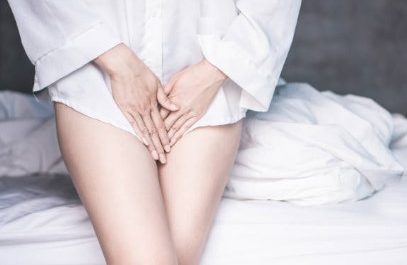If you have discovered a movable lump in your breast that is not causing any pain, it is still important to have it evaluated by a healthcare professional. While most breast lumps are benign (non-cancerous), it is essential to determine the nature of the lump and rule out any potential concerns. Here are a few possible causes of a painless, movable lump in the breast:
- Fibroadenoma: Fibroadenomas are common benign breast tumors that often present as painless, well-defined, and movable lumps. They tend to be firm or rubbery in texture and can occur at any age, although they are more common in younger women.
- Cysts: Fluid-filled sacs called cysts can develop in the breast tissue and feel like movable lumps. They may fluctuate in size and tenderness throughout the menstrual cycle and are generally benign.
- Lipoma: Lipomas are benign tumors composed of fatty tissue. They are typically painless, soft to the touch, and movable.
- Breast infection or abscess: Infections or abscesses in the breast tissue can also present as lumps. These conditions may be accompanied by redness, warmth, swelling, and tenderness.
It is important to remember that a painless, movable lump does not automatically mean it is harmless. While the majority of these lumps are benign, breast cancer can also present as a painless lump. Therefore, it is crucial to consult with a healthcare professional for proper evaluation. They may perform a clinical breast examination, order imaging tests (such as mammography or ultrasound), or recommend a biopsy to determine the nature of the lump.
Early detection and evaluation are key in ensuring appropriate diagnosis and timely treatment, if necessary. Therefore, it is always best to seek medical attention for any new or concerning breast lump, even if it is painless and movable.
Symptoms of Lump in Breast
The symptoms of a lump in the breast can vary depending on the underlying cause. Here are some common symptoms associated with a breast lump:
- Presence of a lump: The primary symptom of a breast lump is the actual palpable mass or thickening in the breast tissue. The lump may feel firm, soft, round, or irregular in shape.
- Changes in breast size or shape: Some women may notice changes in the size or shape of their breast in the area where the lump is present.
- Skin changes: In some cases, a breast lump may be accompanied by changes in the skin overlying the lump. This can include redness, dimpling, puckering, or the appearance of an orange peel texture.
- Nipple changes: The presence of a lump may cause changes in the nipple, such as inversion (pulling inward), discharge (other than breast milk), or changes in its position.
- Breast pain or tenderness: While not always present, a breast lump may be associated with pain or tenderness in the affected area. However, it’s important to note that many breast lumps are painless.
It is crucial to keep in mind that these symptoms can also be caused by benign conditions such as cysts or fibroadenomas. However, any new or concerning breast lump should be evaluated by a healthcare professional for proper diagnosis and appropriate management. They will perform a clinical examination and may recommend further tests such as mammography, ultrasound, or biopsy to determine the cause of the lump.
Early detection and prompt evaluation of breast lumps are key in ensuring timely and appropriate treatment if needed. If you notice any changes or abnormalities in your breasts, it is important to consult with a healthcare professional for proper assessment and guidance.




